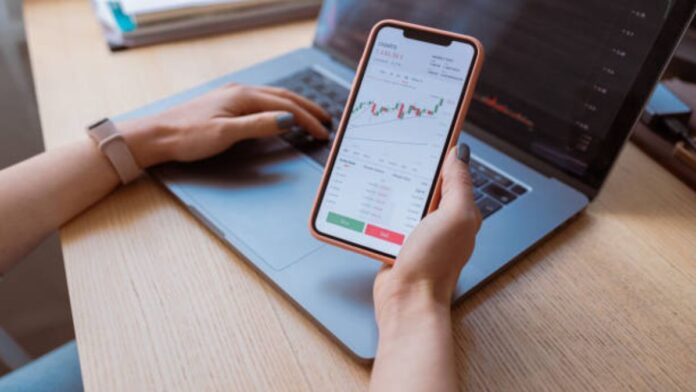Due to the highly volatile nature of the share market, share market investments as a beginner are not an easy task to understand. Investing is a way of putting a fixed amount of money in an asset and letting it do the work for you instead of working on it like traditional ways to earn money.
There are two types of share market – the primary market and the secondary market. Fresh shares are issued and sold in the primary share market investment with the main goal of generating capital whereas the same shares are circulated again in the secondary market from an investor selling to another at a predetermined price (market price of a price that is agreed upon by both the parties). The main purpose of a secondary market is for an investor to get out of an investment without any loss occurring.
What is investing?
Investing can be defined as an act of putting money or capital in an asset with the hopes of receiving additional gains or returns. Investing is a smart way of keeping money aside for the future as it may exponentially increase over time. Though investing can be a great option to grow your money, it does not come without its fair share of risks. Just like in any other endeavour, one can gain experience as time goes on. There are varied kinds of investors, some want to always keep an eye on their investments and micro-manage everything on their own whereas others prefer a more laid-back approach, even hiring brokers to manage their shares for them.
How to invest in the Stock Market?
As mentioned earlier, there are two types of share markets – primary share market and secondary share market. Investing in both of these markets is a different process. Here’s how:
- Investing in the primary share market – In this type of market, a company registers itself to publicly issue a fixed number of shares to generate capital. This is where these companies get listed on a stock exchange. The main purpose of entering primary markets is to generate capital. In the case that the said company is issuing shares for the very first time, then it is called an Initial Public Offering (abbreviated as IPO). Hence investments are done through an IPO. Once the company has received all the applications made for the said IPO by traders, the shares are allotted to them based on the count of applications and availability.
- Investing in the secondary share market: After the fresh securities have been invested, in the primary market, they are circulated again to be traded in the secondary market. This is done to allow investors to get out of an investment and thus sell back the shares. Trades in this market are referred to when an investor sells shares to another at the existing market cost or the agreed-upon cost between the two respective parties. Usually, such trades are conducted through some type of intermediary like a share market broker to facilitate the process. Different brokers offer different plans.
These are the steps to be followed before investing in a secondary share market:
- Creating a Demat and a trading account: To invest in primary share markets as well as secondary share markets, one must need to have a Demat account to store electronic copies of the invested shares. A trading account is crucial as well as it will aid in the trading of shares online. In very rare situations, an investor may be permitted to apply directly from their bank account. This process of an IPO application through net banking is also known as Application Supported by Blocked Amount (abbreviated as ASBA). Trading could be effortless if both – the Demat account and the trading account are already linked to a bank account.
- Selection of shares: After making a Demat account, a trader must log in to their trading account to choose the kind of shares that they want to invest in. He or she should then make sure that they have the required amount of funds in their accounts to invest in those shares.
- Determine the price point: The price point is the amount of money at which you want to sell or buy a share. After deciding a price point, all an investor has to do is wait for the opposite party to get back to them.
- Go through with the required transaction: After a required transaction is done, a trader either gets shares or money depending on what kind of transaction went through. Be sure to be mindful of such transactions and whether or not your financial goals are being accomplished.
Conclusion
An example of a stable share to invest in is Bharat Heavy Electricals Limited, abbreviated as BHEL. As can be seen from the following graph, the BHEL share price has been stable and consistent in the positive direction for a sustained period.









